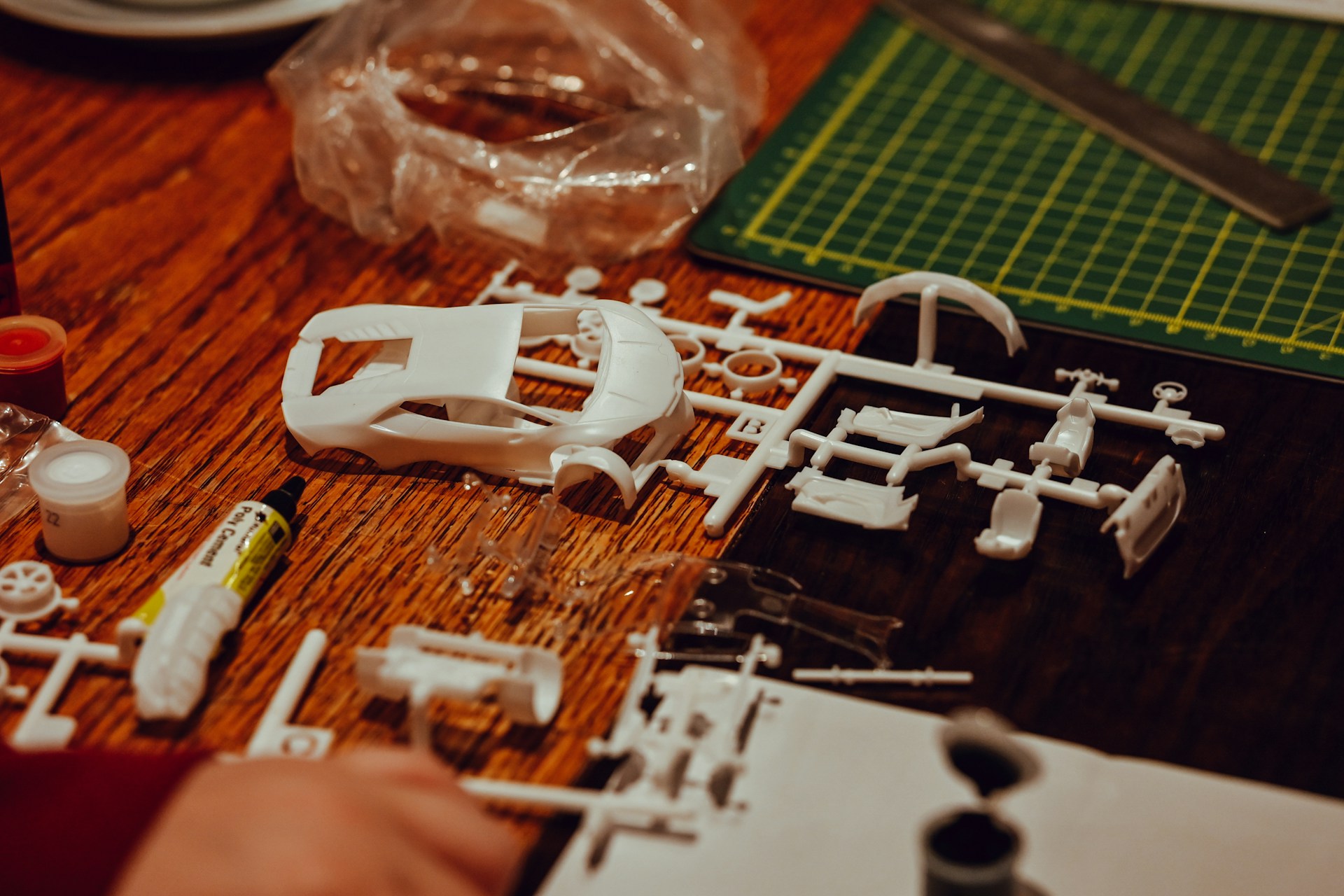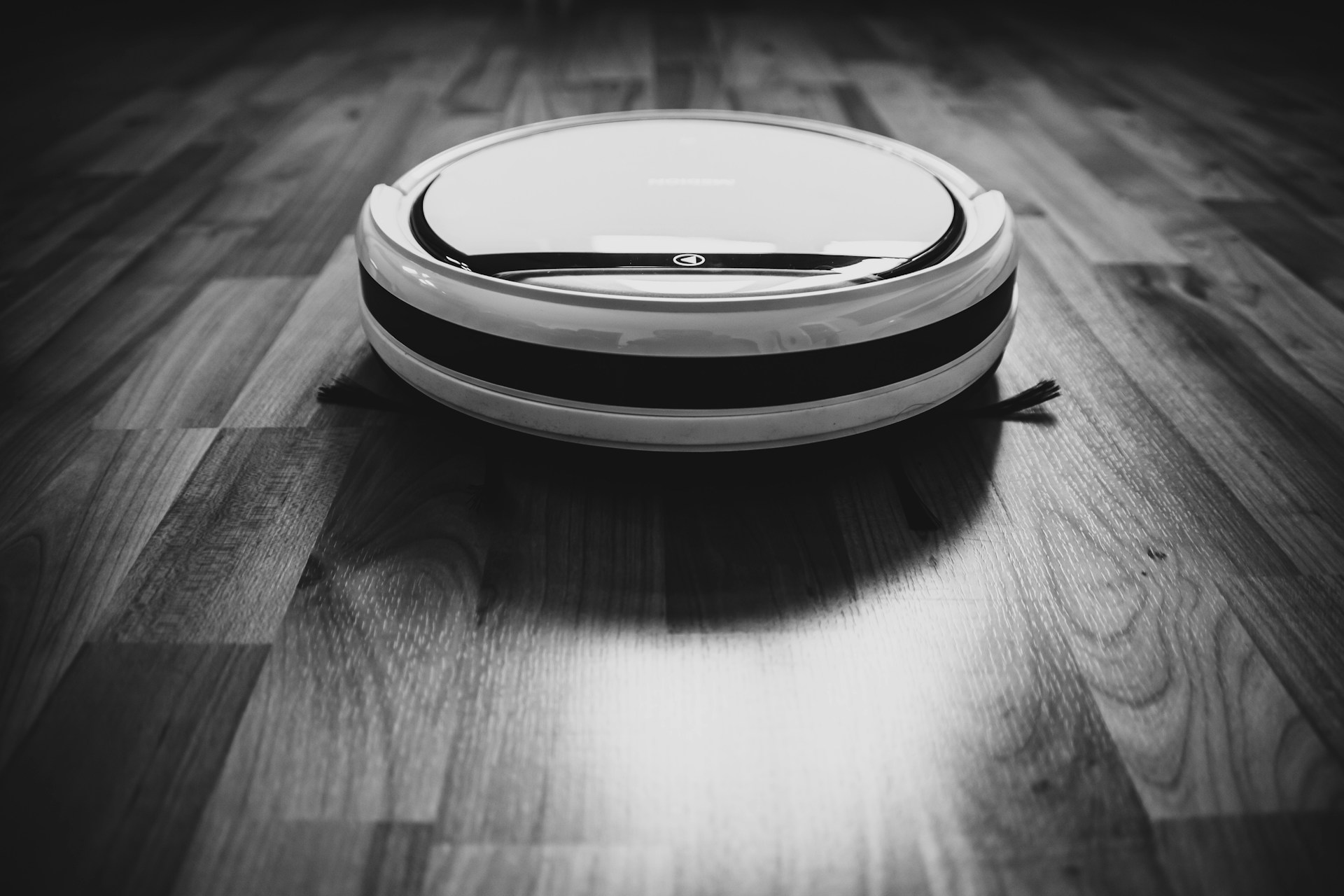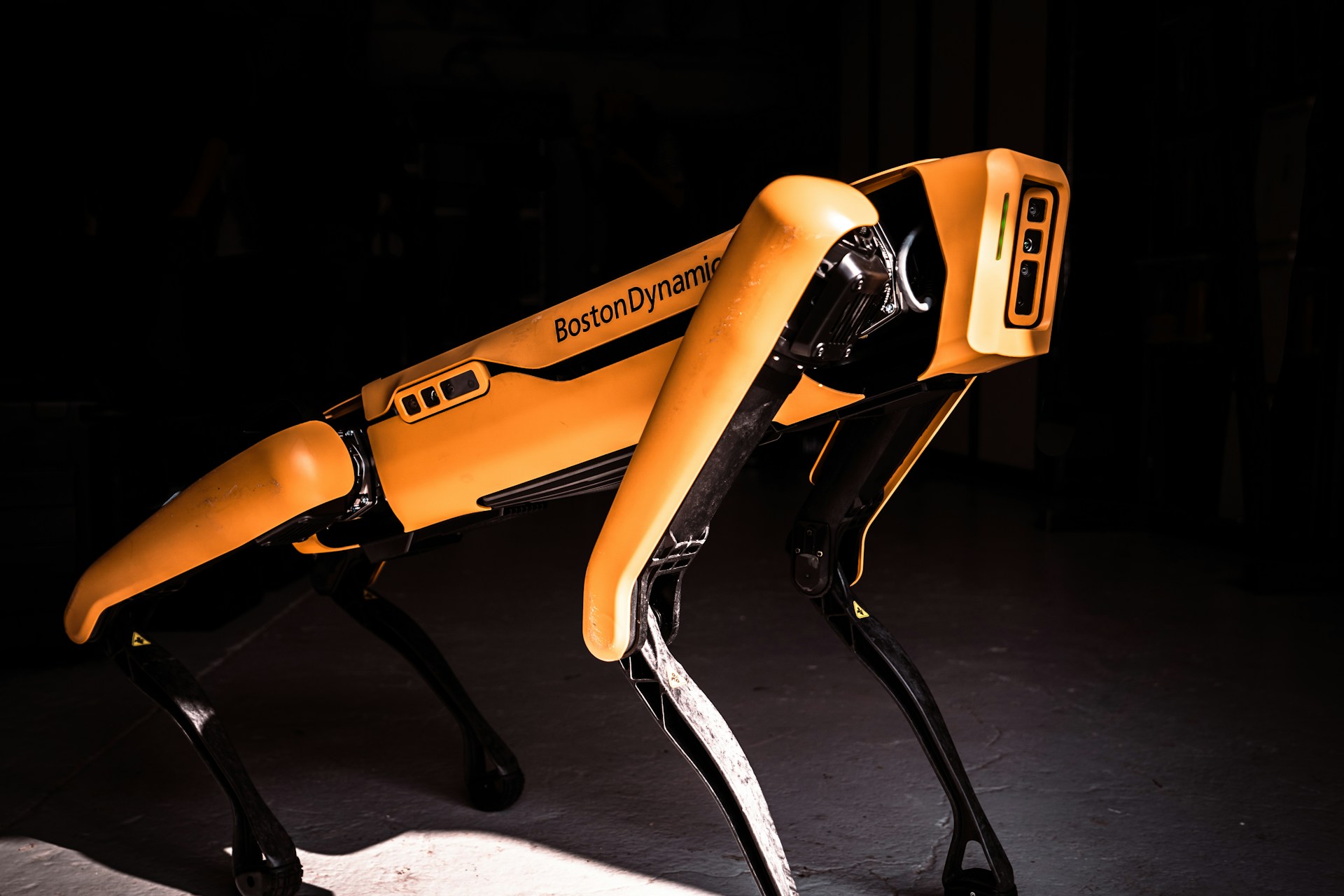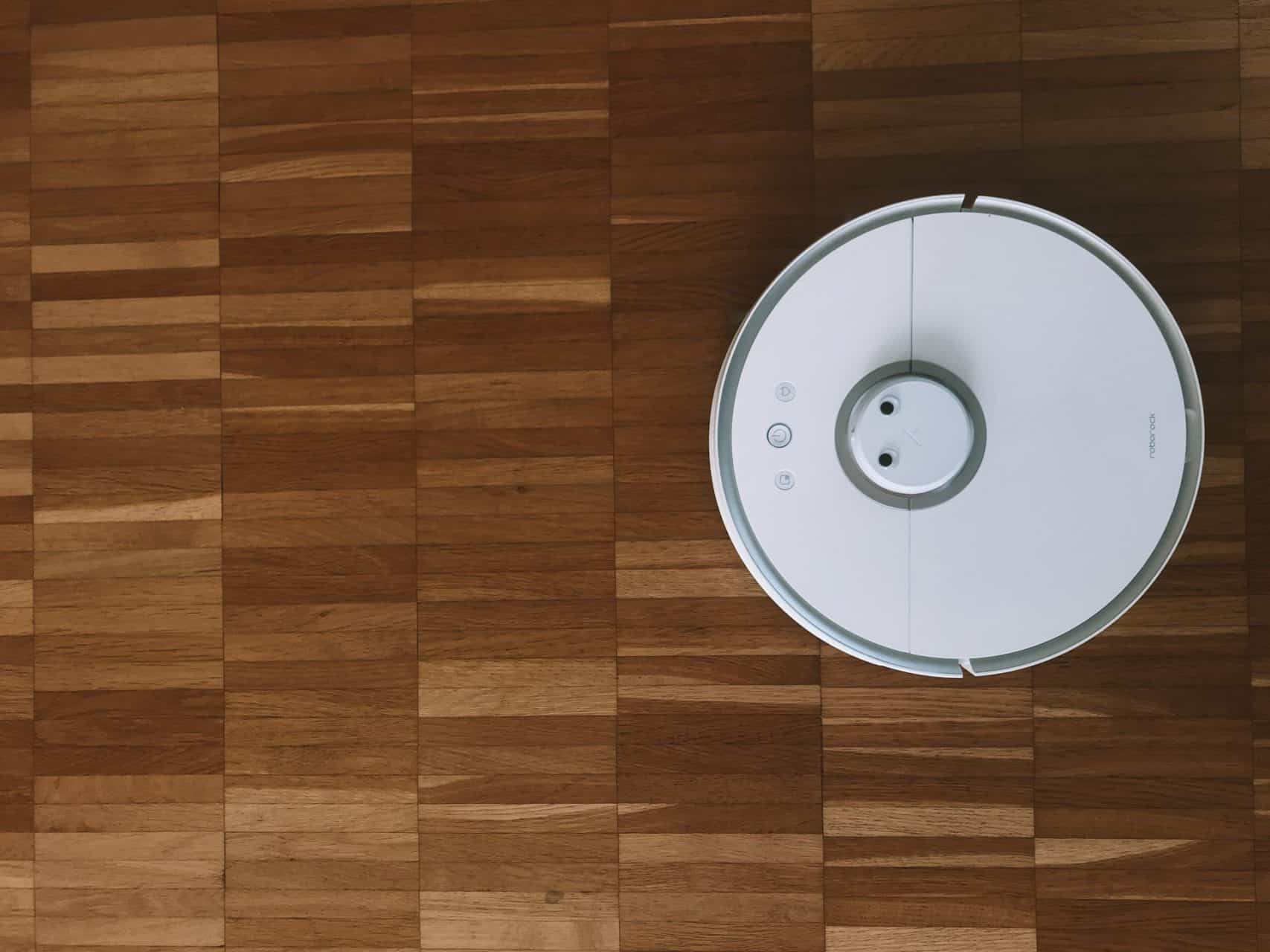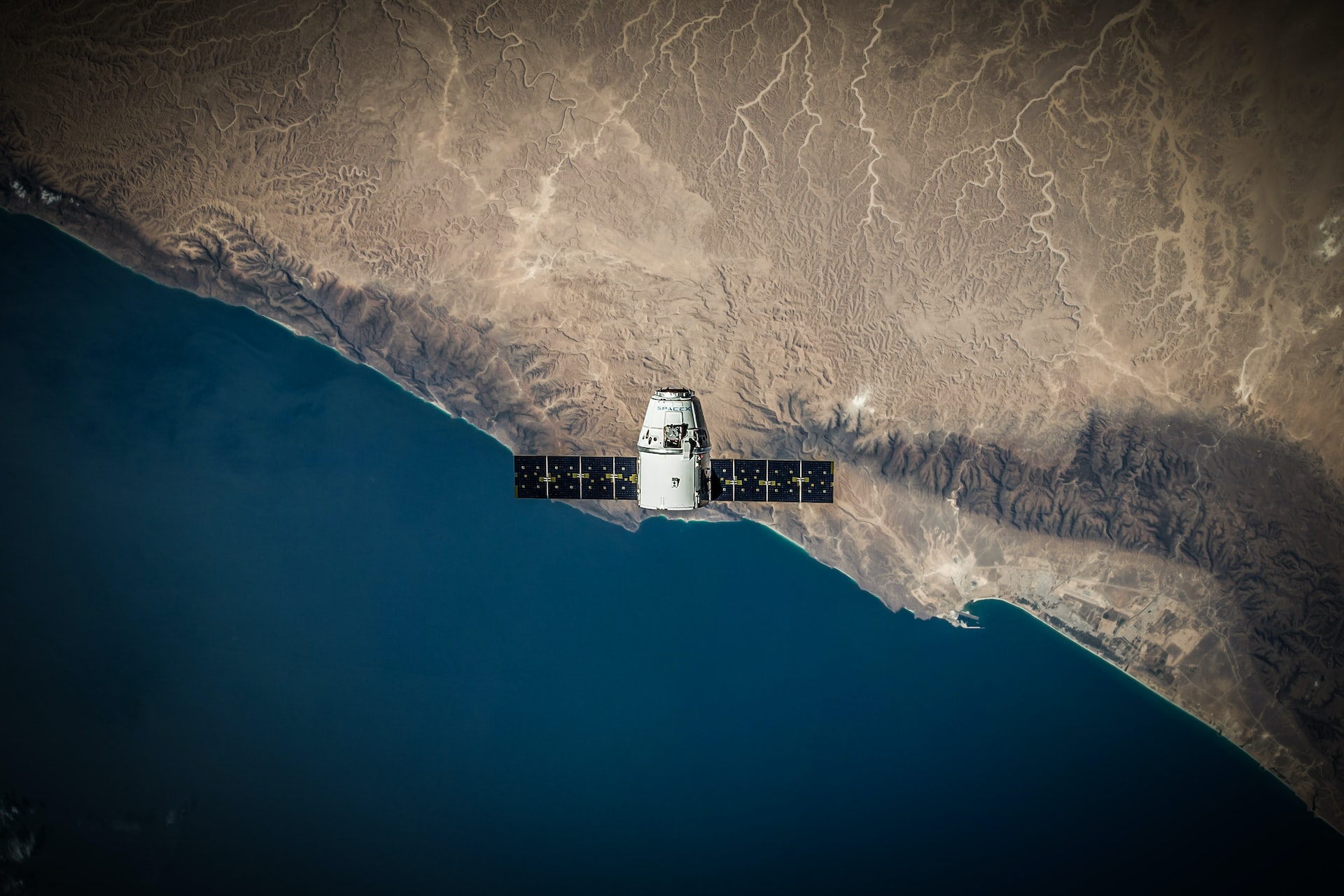
The Astonishing History of Robotics in Space
October 4, 2022 - Ellie Gabel
Revolutionized is reader-supported. When you buy through links on our site, we may earn an affiliate commission. Learn more here.
The history of robotics in space is full of incredible robot explorers. Humans have been sending robots to space since 1957, when the Soviet Union successfully launched the Sputnik 1 satellite. Ever since, robots have been our pioneers into the stars. Probes, rovers, and landers have visited every planet in the solar system and some have traveled into interstellar space. Here’s a look at the highlights from humanity’s history of robotics in space.
Sputnik: The One That Started It All
On October 4, 1957, the Soviet Union began the history of robotics in space with the successful launch of Sputnik 1, the first satellite to orbit Earth. While Sputnik 1 was a satellite rather than a robot in the traditional sense, it set in motion the space race between the U.S. and the Soviet Union.
Sputnik 1 showed the whole world what could be possible in space. It only stayed in orbit for a few months before burning up in the atmosphere in January 1958.
The 1960s: Probes to the Moon and Venus
After Sputnik 1, it was open season. Over the decade following the Sputnik launch, 38 missions were launched to the Lunar surface by the U.S. and the Soviet Union. Only 14 of these missions landed successfully, though, including the historic Apollo 11 landing on July 16, 1969. The other 13 successful missions were all impact and soft-landing robotic missions.
The Soviet Union landed the first spacecraft on the Moon in 1959 with the Luna 2 probe. This robotic spacecraft couldn’t do much – it basically crash landed, collected data from the crash site, and relayed the info back to Earth before going offline. This was normal in the early history of robotics in space. In fact, the first robot to move on the surface of another world wouldn’t come along until 1970.
The Soviet Union sent robots to other worlds besides the Moon. They also launched the first missions to Venus, the second planet from the Sun and one of Earth’s next-door neighbors. The Venera 3 lander was the first manmade object to land on Venus. Unfortunately, when the lander touched down on Venus in 1966, it was already “inert” and failed shortly after due to overheating and the intense pressure on Venus’s surface.
The 1970s: Launch of the Voyagers
In 1970, the Soviet Union made another breakthrough in the history of robotics in space with the Luna 17 mission. Luna 17 landed the first remote controlled robot rover on another astronomical body, the Lunokhod 1 rover. This little rover was the first robot like those we now use to explore Mars.
A few years later, in 1975, the Soviet Union’s Venera 9 probe captured the first image from the surface of another planet: Venus. Venera 10 landed on Venus that same year and sent back a second black and white photo from the Venusian surface.
Meanwhile, NASA was preparing arguably the most important mission in the history of robotics in space: the Voyager probes. In 1977, NASA launched the two Voyager probes out into the solar system a couple weeks apart. They expanded our understanding of the known universe like never before. Voyager 1 and Voyager 2 were twin robotic probes, designed to capture photos and data from the entire solar system. Both probes are still transmitting as of their 45th anniversary in 2022 and both have left the solar system. Voyager 1 has traveled further than any other man made object in space.
The 1970s were also the beginning of one of NASA’s first large robotic Mars missions. In 1976, NASA successfully landed Viking 1 and Viking 2 on Mars. Neither of the two landers could move anywhere, but they did collect valuable data that NASA would use to prepare for their groundbreaking rover mission in 1997.
The 1980s: Space Shuttle Robots
1981 marked the first flight of the space shuttle and the beginning of a new era in spaceflight. Along with the new space shuttle came new robots to help out in orbit. The most famous of these is the now-iconic Canadarm, the first robotic arm in space.
Designed by the Canadian Space Agency, the Canadarm1 was first deployed in 1981 aboard the Columbia space shuttle by astronaut Richard Truly. Five of the revolutionary robotic arms were built, which were used in a total of 19 space shuttle missions throughout the 1980s, plus dozens more in the 1990s and 2000s. Today, the Canadarm2 is a crucial part of the International Space Station.
The 1990s: The Mars Era Begins
In the 1990s, the history of robotics in space took a groundbreaking turn. On July 4, 1997, NASA’s Pathfinder mission landed on the surface of Mars and the Sojourner rover became the first moving robot to successfully explore the Martian surface. Sojourner was operational for three months, which was 12 times longer than NASA expected.
Today, there are over 30 individual robots and satellites orbiting Mars or on its surface. Pathfinder and Sojourner marked the beginning of the large-scale exploration of the red planet.
Pathfinder wasn’t the only robot making history in 1997. The same year the Pathfinder mission landed on Mars, NASA launched the Cassini-Huygens mission, a dedicated probe for exploring Saturn and its moons.
The 2000s: Robots Visit Saturn
In 2004, the Cassini-Huygens probe finally reached Saturn and began its 13-year mission. Cassini was launched with Huygens, a special robotic lander contributed by the European Space Agency. The Huygens lander was released onto the surface of Titan, Saturn’s largest moon, where it captured full-color photos and sent them back to Earth before going offline.
The Cassini-Huygens mission expanded our knowledge of Titan like never before. This moon is the only other celestial body in the solar system known to have liquid on its surface, although it isn’t water. Titan has liquid methane lakes, a rocky surface, and even a thick atmosphere. Robots were the key to learning all this.
Meanwhile, a new generation of rovers landed on Mars in 2004, Spirit and Opportunity. These twin robots set records on Mars. They gave us hundreds of new color photos of the Martian surface and invaluable scientific insights about the red planet. Spirit lasted 20 times longer than its expected lifespan and went offline in 2010. Opportunity lasted even longer, staying online until 2018 when it was lost in a dust storm. Opportunity is the longest operating robot ever on Mars.
The 2010s: Robonaut and Mars Selfies
In 2011, NASA launched the first dedicated mission to Jupiter and its moons, the Juno probe. The robotic orbiter arrived at Jupiter in 2016. As of 2022, it has entered its extended mission phase, which NASA plans to carry out through at least 2025.
Juno spent the first few years of its mission conducting research on Jupiter and learning about the planet’s structure and magnetic field. While orbiting Jupiter, Juno is also conducting flybys of Jupiter’s moons, including the four Galilean moons. Among these is Europa, which scientists believe has a giant liquid water ocean hidden beneath its icy shell.
In 2011, NASA’s Robonaut 2 became the first humanoid robot in space. It was launched to the ISS aboard the last mission of the space shuttle Discovery. Robonaut stayed on the ISS until 2018 when a SpaceX Dragon capsule brought it home. NASA is planning to send up another one of the humanoid robots, though.
In the 2010s, yet another major robotic mission went underway on Mars. NASA’s Curiosity rover landed on the Martian surface in 2012. This rover was the biggest ever landed on Mars and became an instant robot celebrity back on Earth. Curiosity is still famous today for the selfies the robot takes using one of its mounted cameras.
The 2020s: What’s Next for Robots in Space?
2021 was a big year in the history of robotics in space. NASA landed two new robots on Mars in 2021, the robotic helicopter Ingenuity and the Perseverance rover. These two robots kicked off an exciting decade in space exploration. NASA and private spaceflight company SpaceX are both eyeing human missions to Mars in the 2030s, so the 2020s will be about expanding our knowledge of Mars like never before.
Ingenuity is a unique robot because it is actually designed to fly around Mars rather than drive over the surface. It hitched a ride to Mars with the Perseverance rover. The helicopter’s main mission is to prove that drone flight technology works on Mars, despite Mars’s much thinner atmosphere.
The Perseverance rover is an upgraded version of Curiosity. Its mission is to seek out signs of past or even present life on Mars, following up on Curiosity’s ongoing mission to search for the ingredients for life.
So, what’s next in the 2020s and onward for robots in space? Perhaps the most exciting robotic mission on the horizon today is the Europa Clipper probe. Europa Clipper will be a dedicated mission to Europa, Jupiter’s ocean moon. It is not planned to launch until 2024, but when it does reach Europa, the orbiter will conduct up-close research on the moon to study its ice and search for signs of life.
Exploring the History of Robotics in Space
These are just a few of the incredible robots that have helped us explore space over the decades. Robots have traveled to every planet in our solar system, even Pluto and the dwarf planets at the distant reaches of the solar system. The history of robotics in space is full of incredible discoveries, with more sure to come in the decades ahead.
Revolutionized is reader-supported. When you buy through links on our site, we may earn an affiliate commission. Learn more here.
Author
Ellie Gabel
Ellie Gabel is a science writer specializing in astronomy and environmental science and is the Associate Editor of Revolutionized. Ellie's love of science stems from reading Richard Dawkins books and her favorite science magazines as a child, where she fell in love with the experiments included in each edition.
